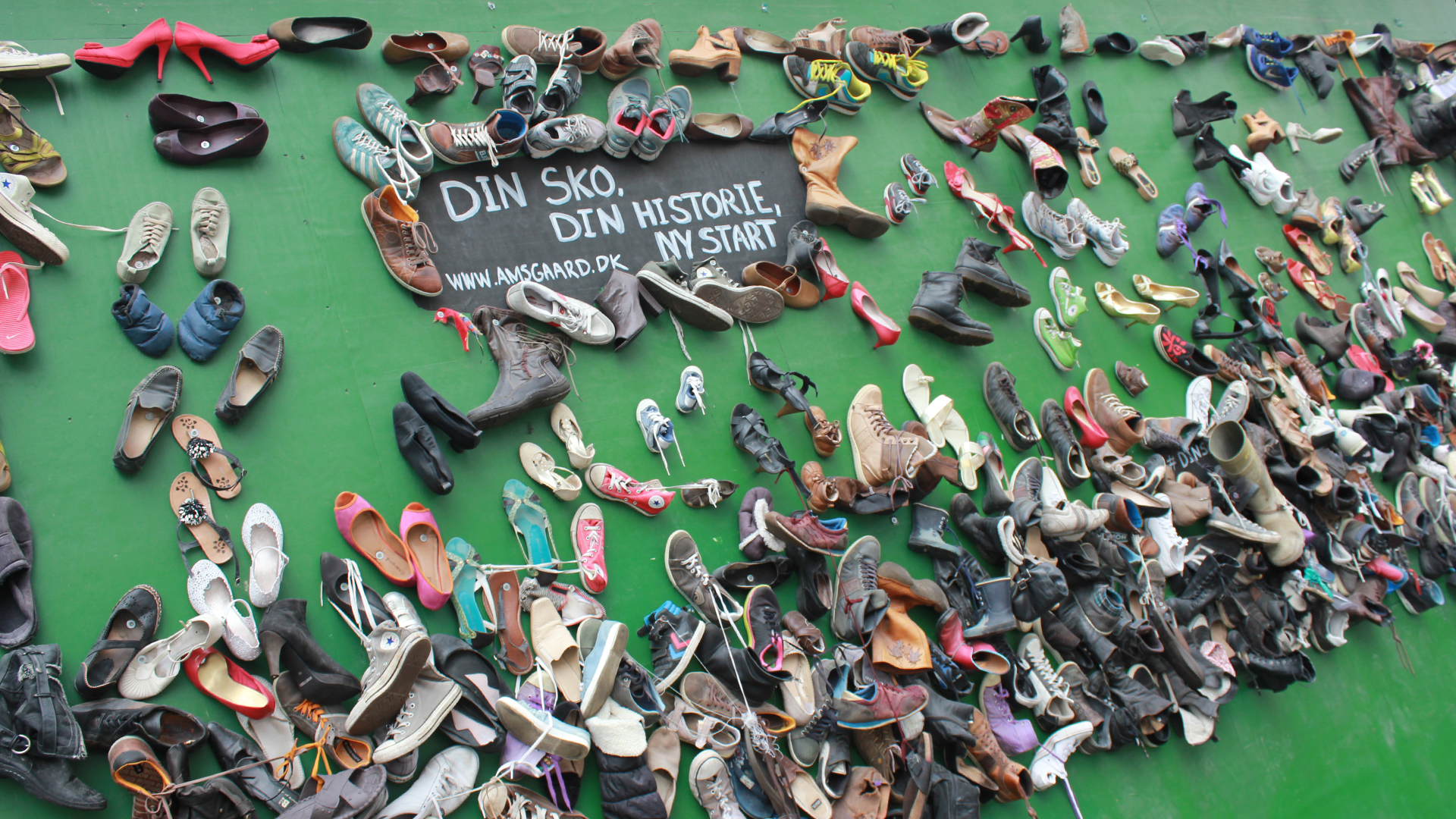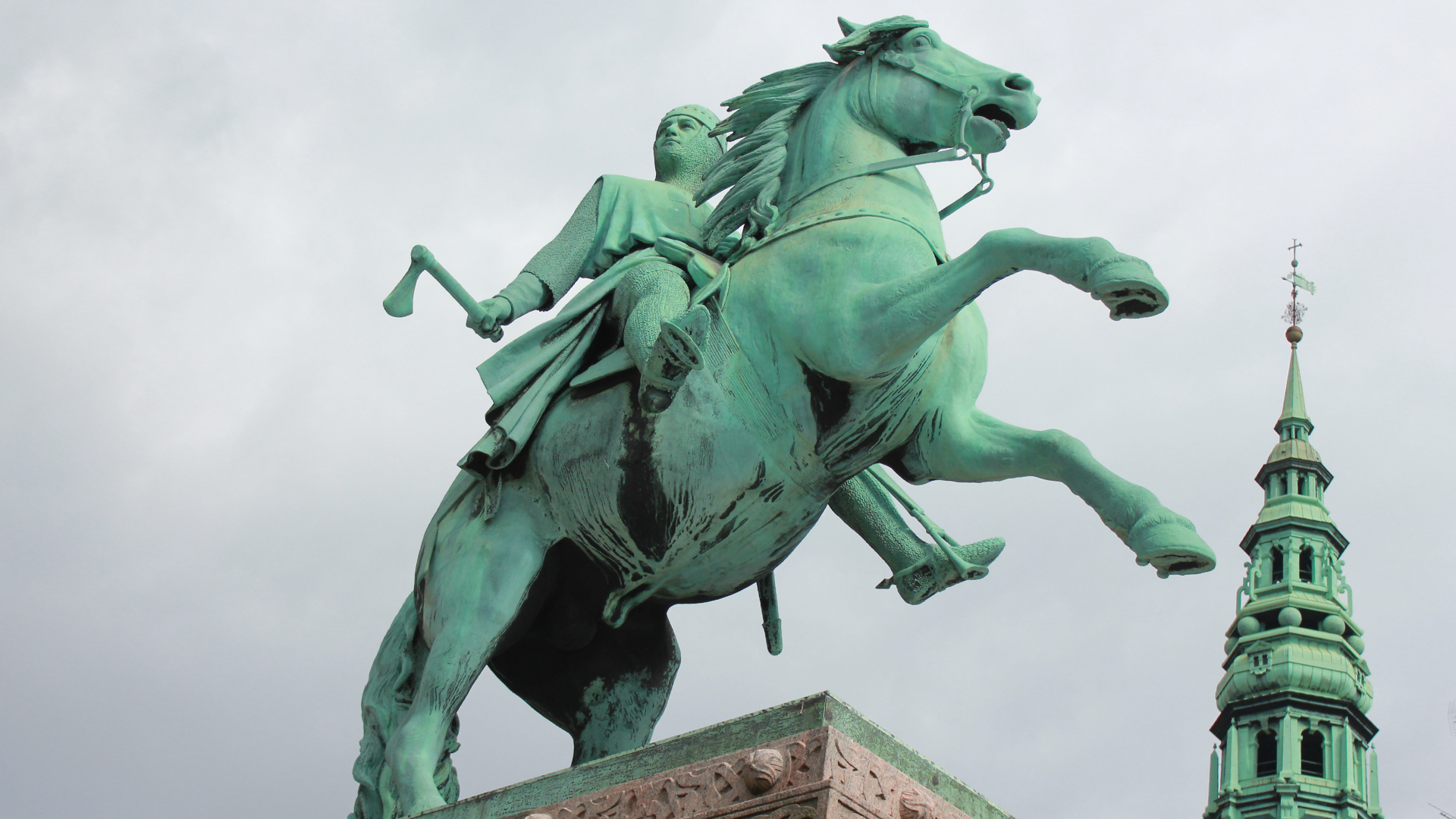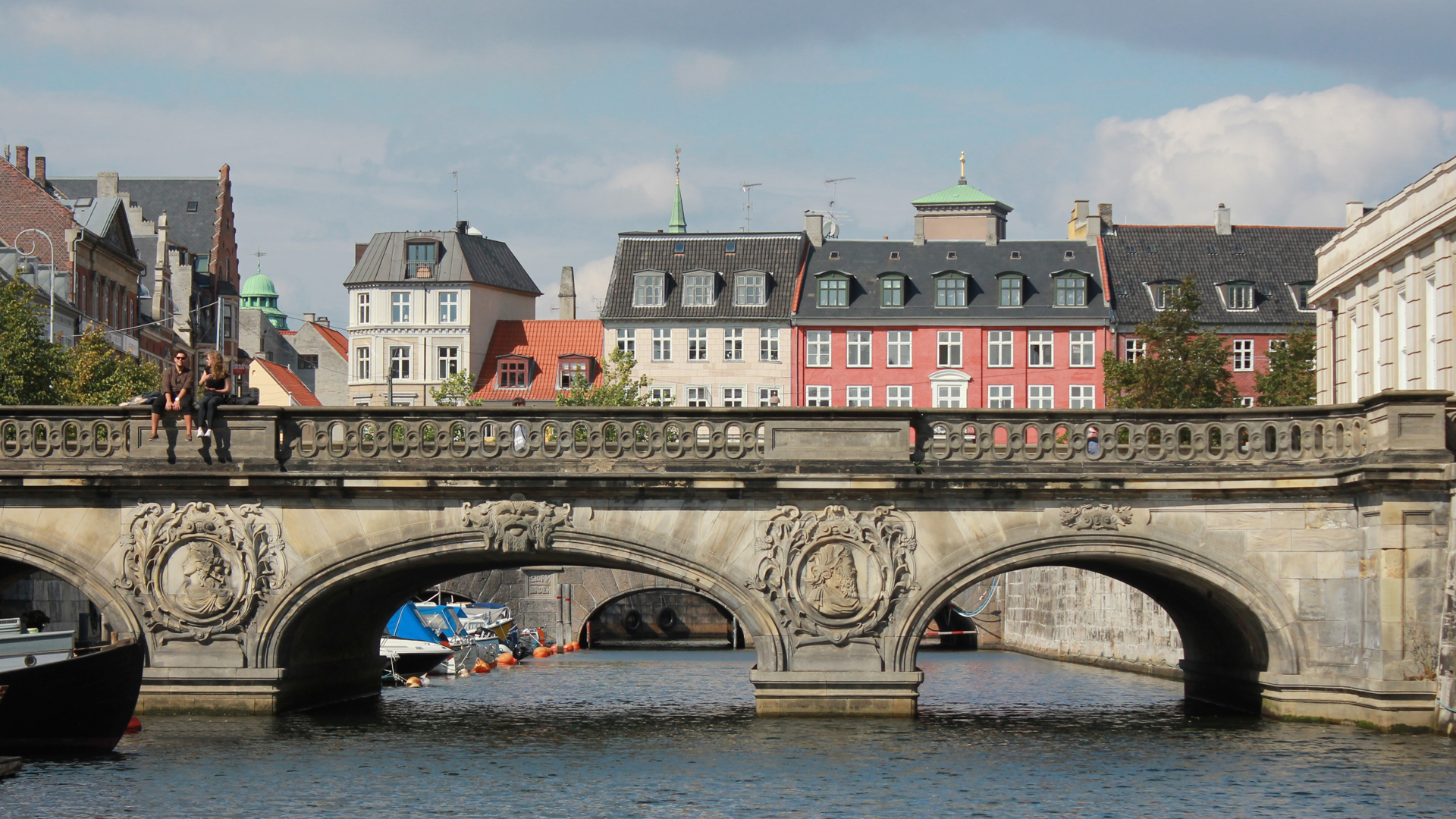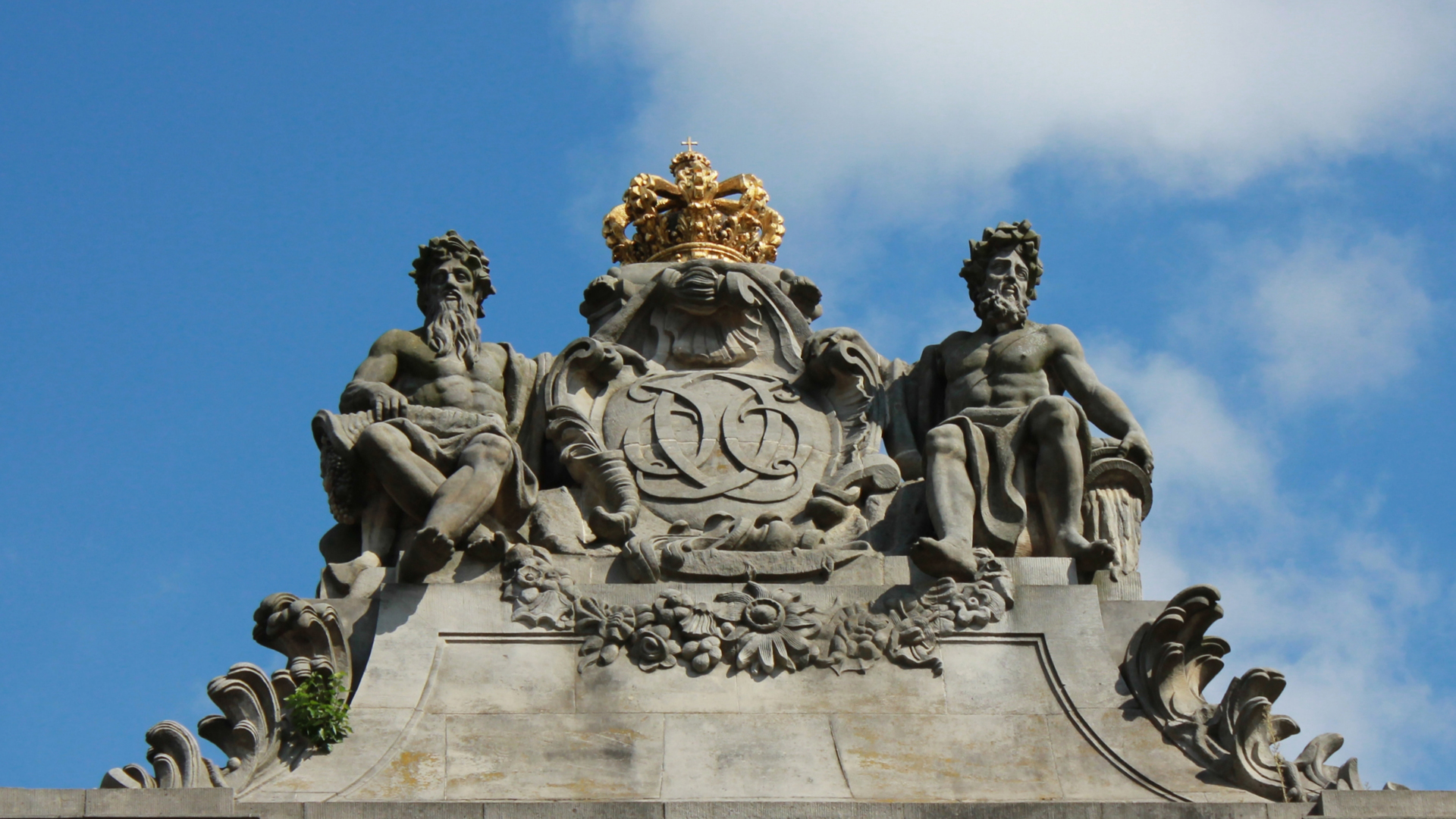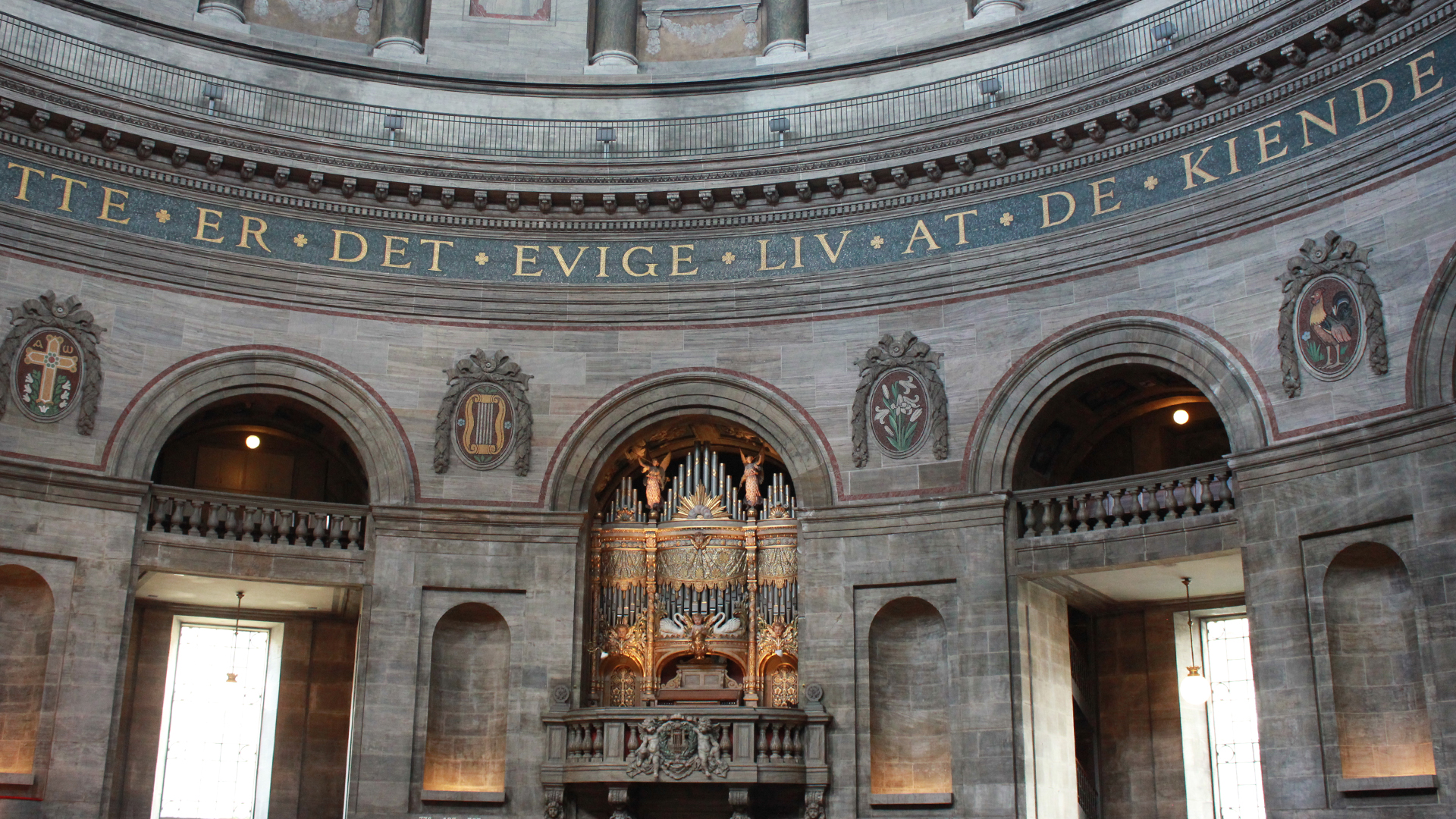Copenhagen, Denmark
It is April 29, 2018 and we are at the port in Copenhagen, Denmark. It is the capital and most populous city of Denmark. Originally a Viking fishing village founded in the 10th century, Copenhagen became the capital of Denmark in the early 15th century. Beginning in the 17th century it consolidated its position as a regional centre of power with its institutions, defences and armed forces. After suffering from the effects of plague and fire in the 18th century, the city underwent a period of redevelopment. The city has a population of 775,033 (as of January 2018), of whom 613,288 live in the Municipality of Copenhagen. Fifty-eight percent of those living in Copenhagen are members of the Lutheran Church of Denmark; and an addition 22.5 percent of the population are Muslim.
June is the sunniest month of the year with an average of about eight hours of sunshine a day. July is the warmest month with an average daytime high of 700F. By contrast, the average hours of sunshine are less than two per day in November and only one and a half per day from December to February. In the spring, it gets warmer again with four to six hours of sunshine per day from March to May. February is the driest month of the year. Exceptional weather conditions can bring as much as 20 inches of snow to Copenhagen in a 24-hour period during the winter months while summer temperatures have been known to rise to heights of 910F.
In 2010, it was estimated that city tourism contributed 2 billion Danish Krone ($330 million dollars) to the economy. However, 2010 was an exceptional year for city tourism with a 29% increase in that one year. In 2015, there were 680,000 cruise passengers who visited the port.
Copenhagen Opera House
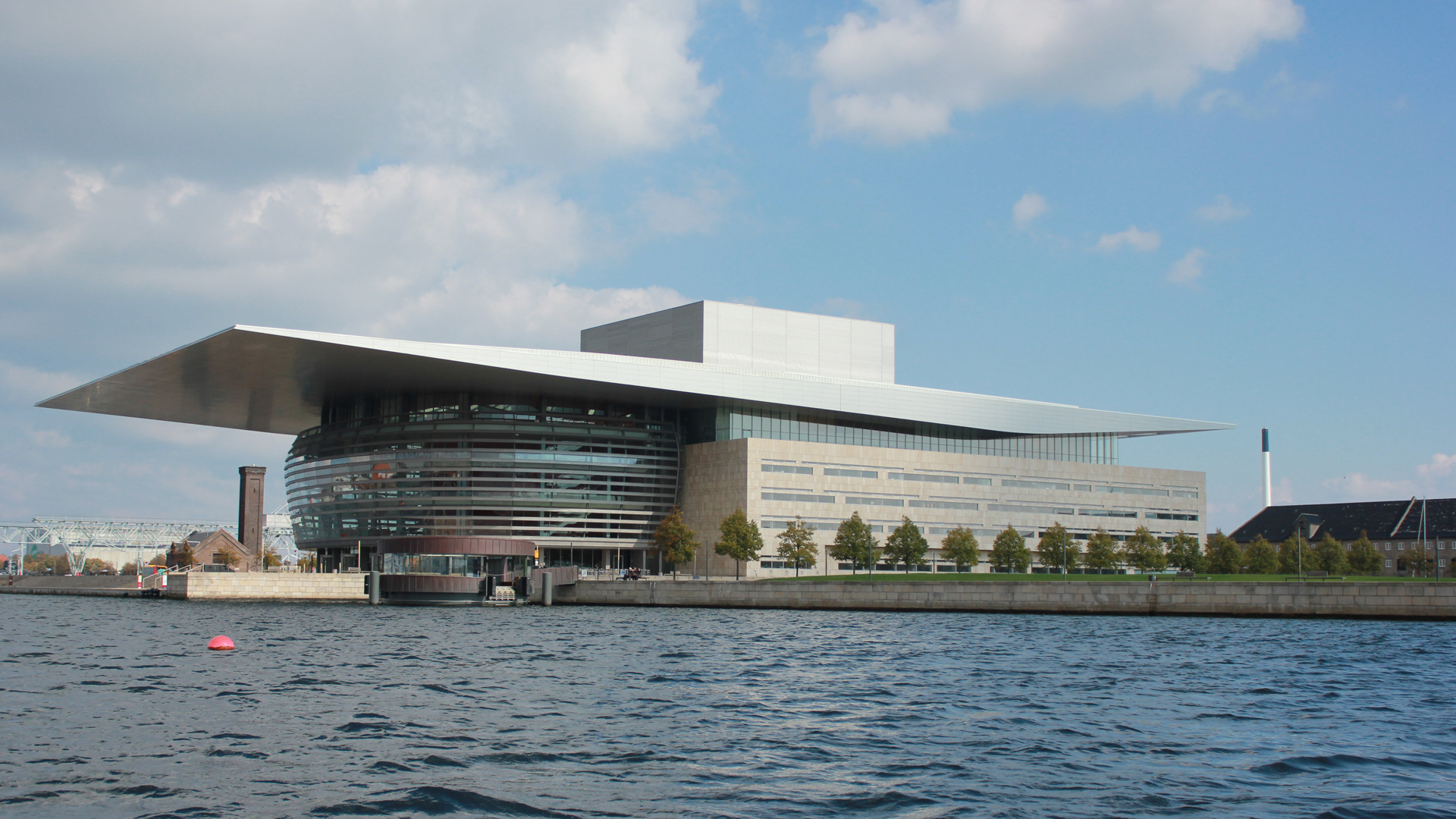
Nyhavn is a 17th-century waterfront lined by brightly coloured townhouses
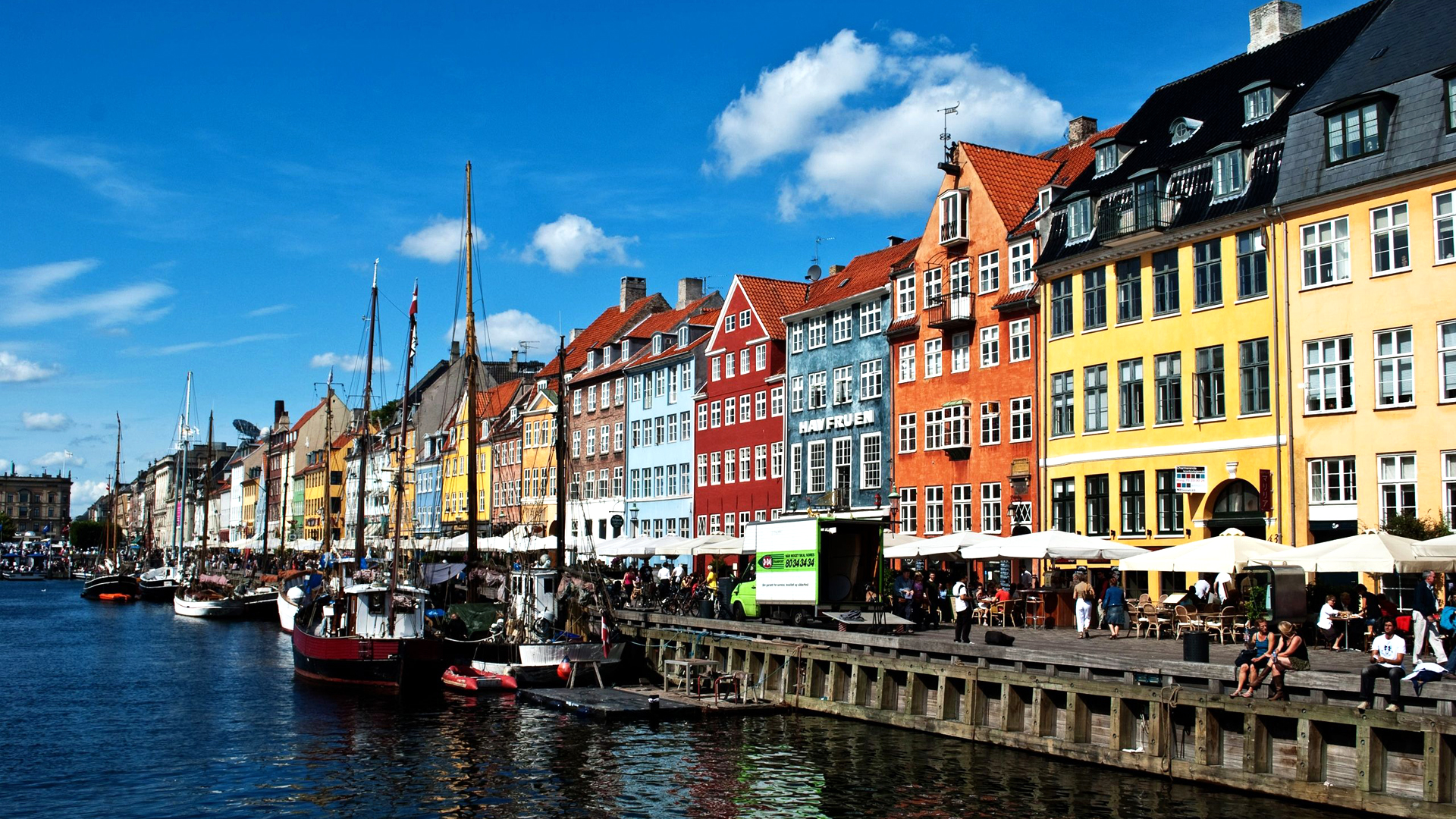



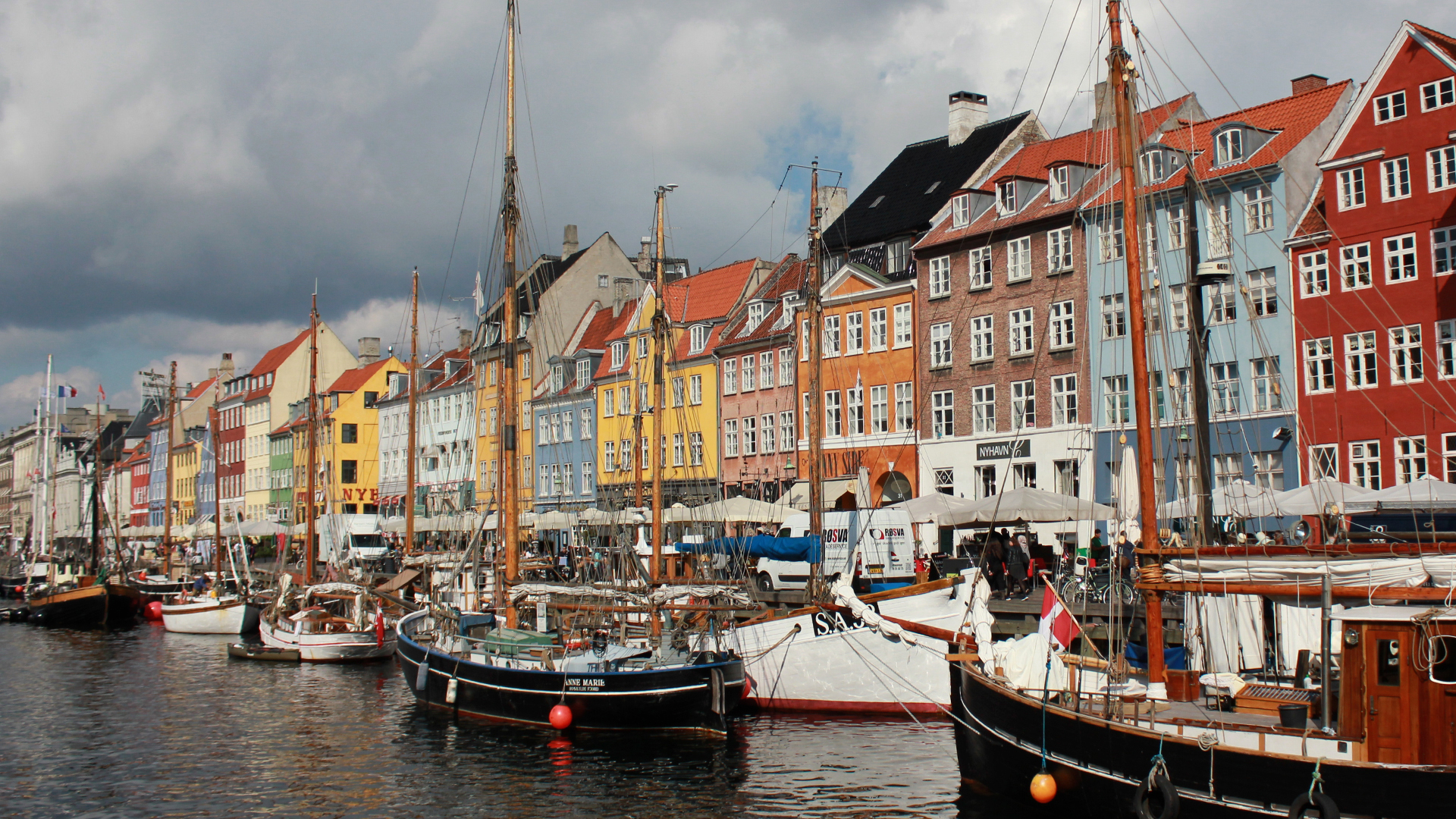


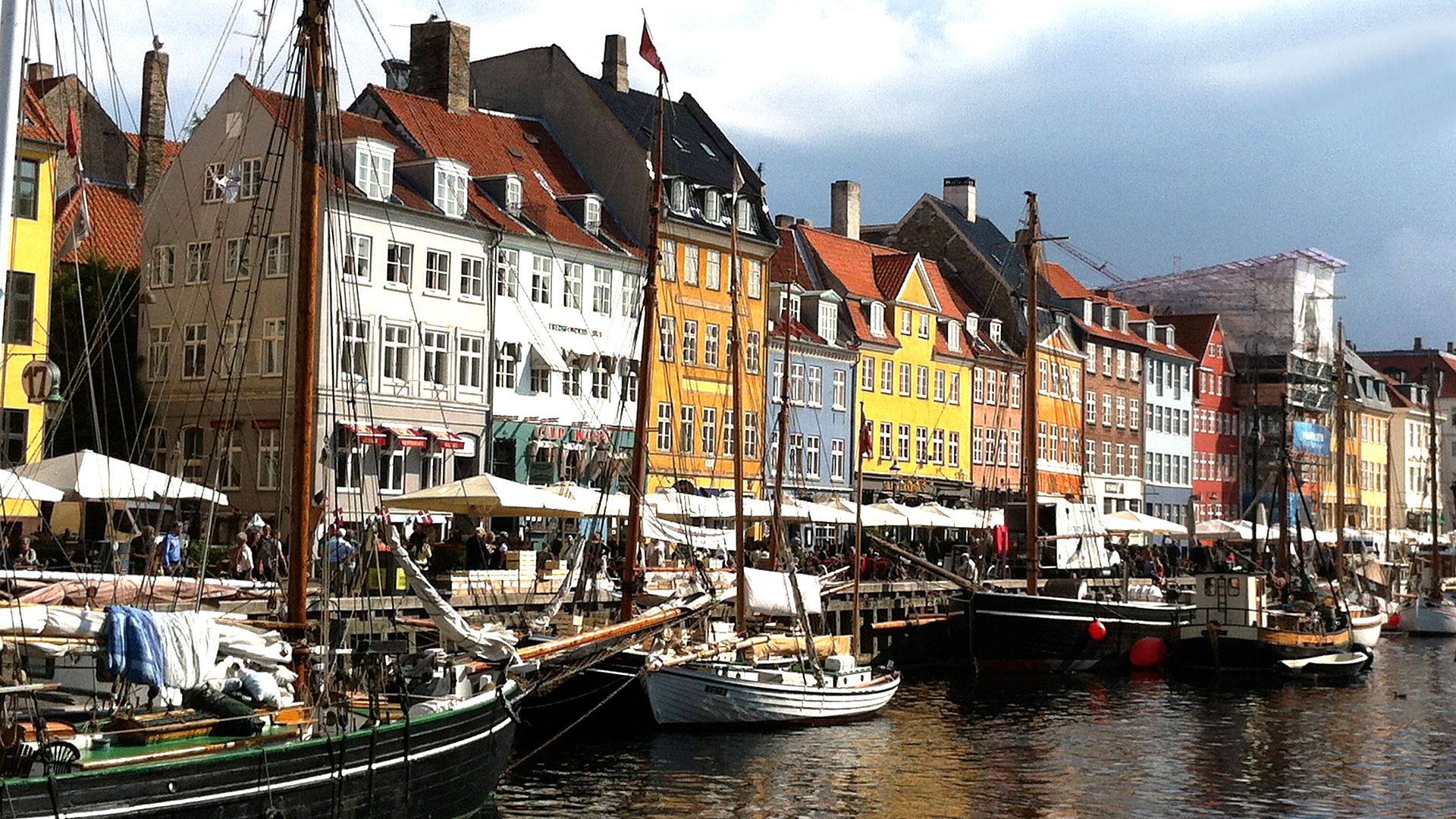
Steeples of Copenhagen
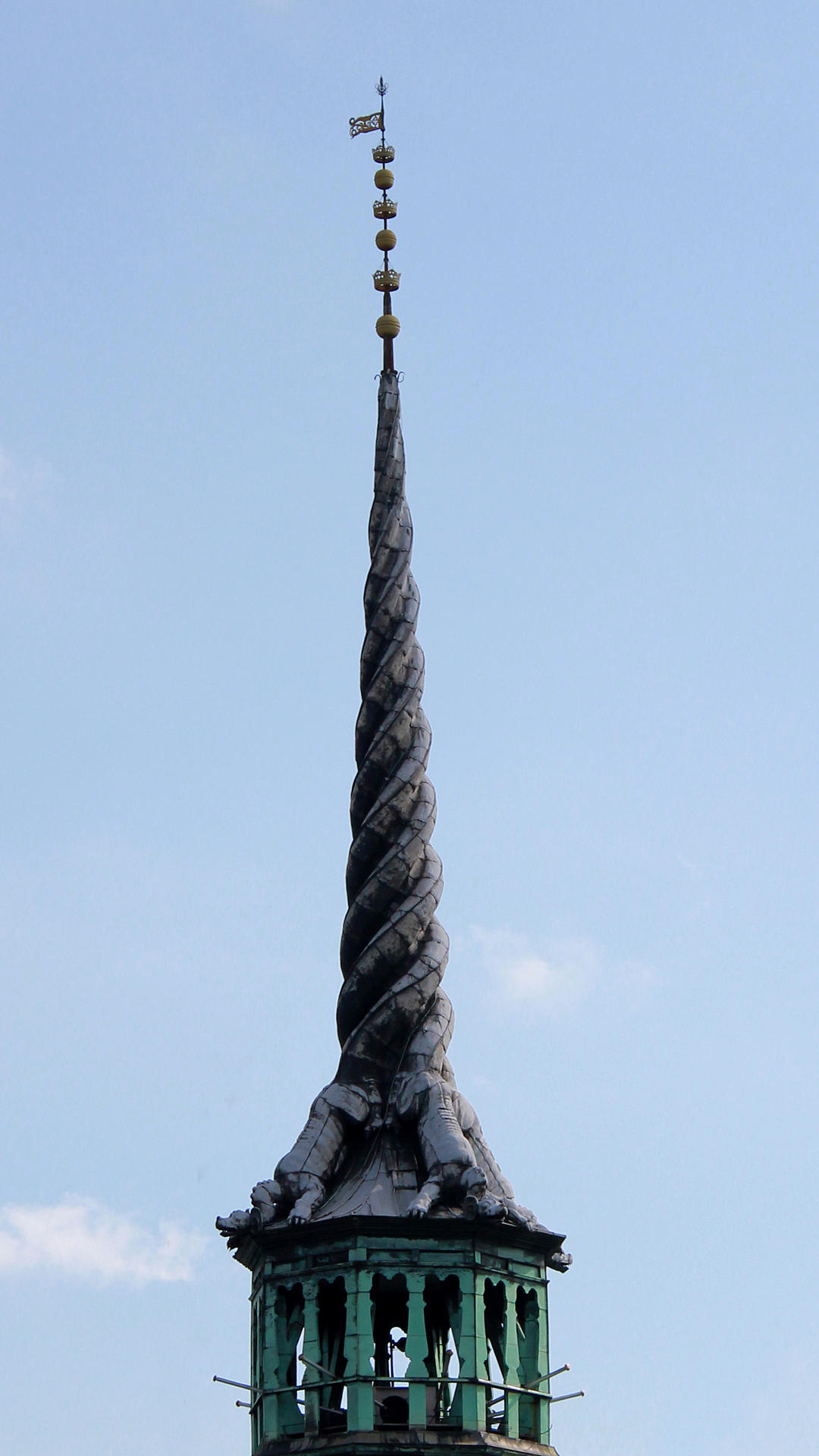



Frederiksberg Palace
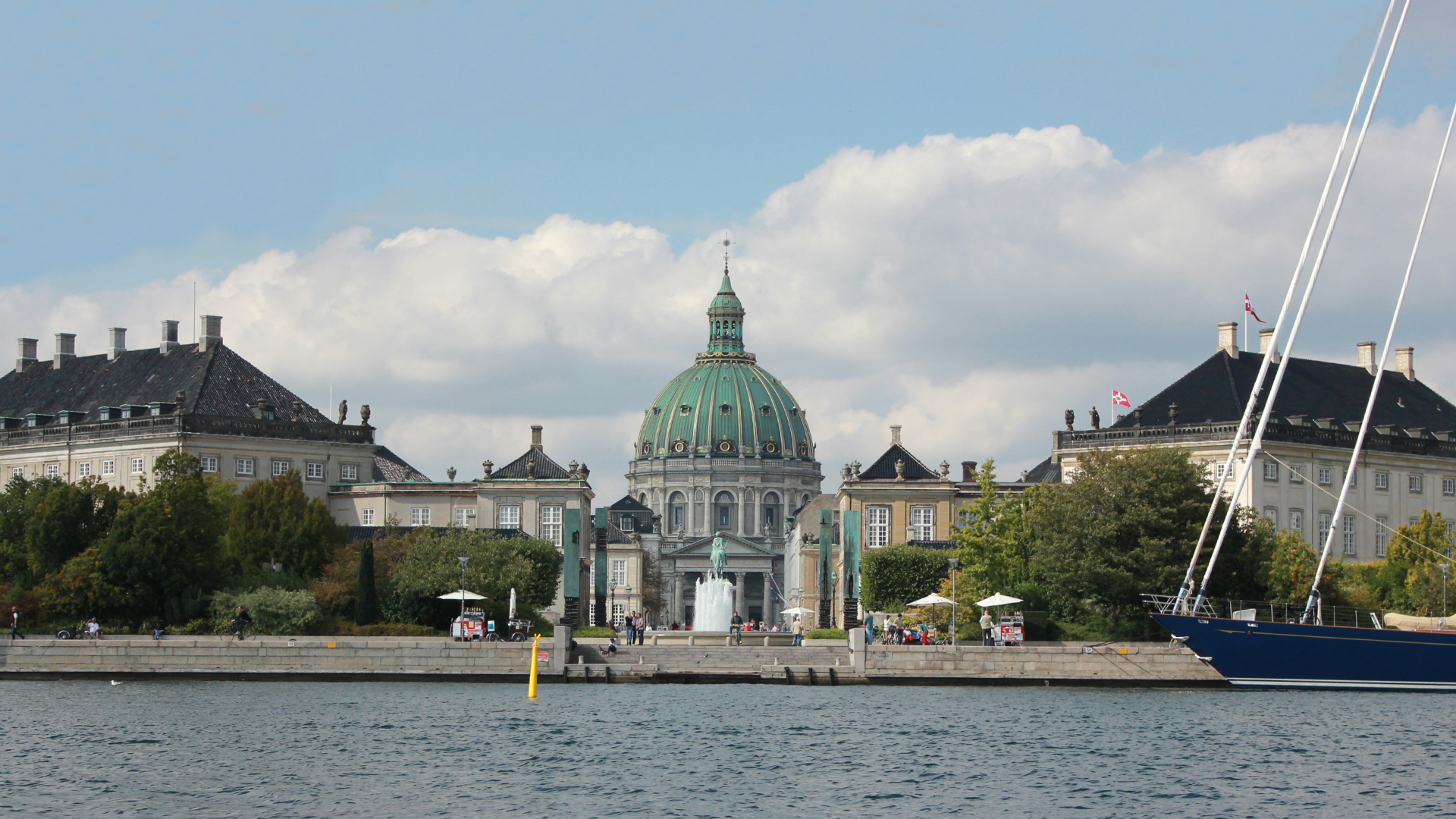
The Little Mermaid

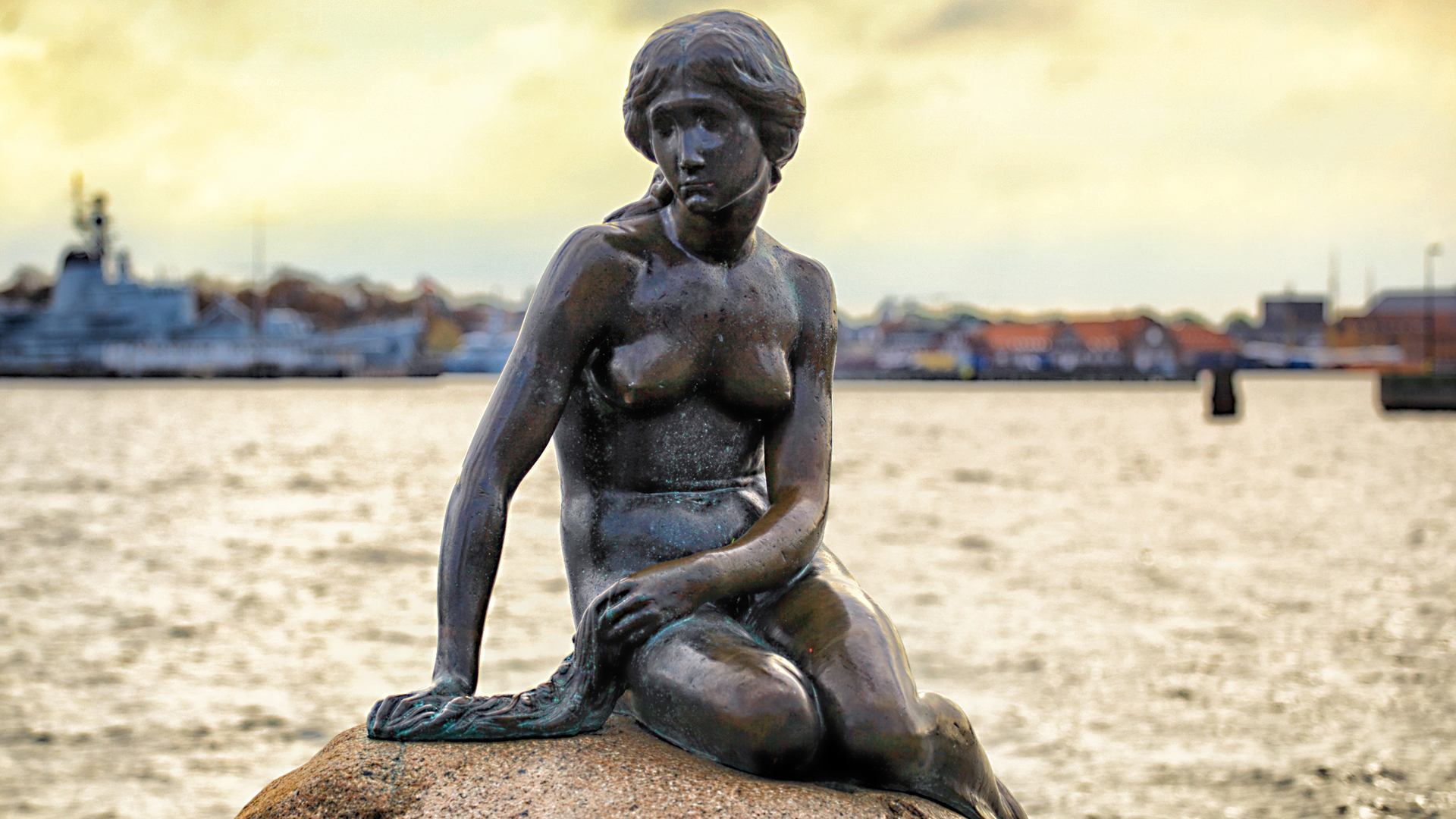
Borsen, former stock exchange

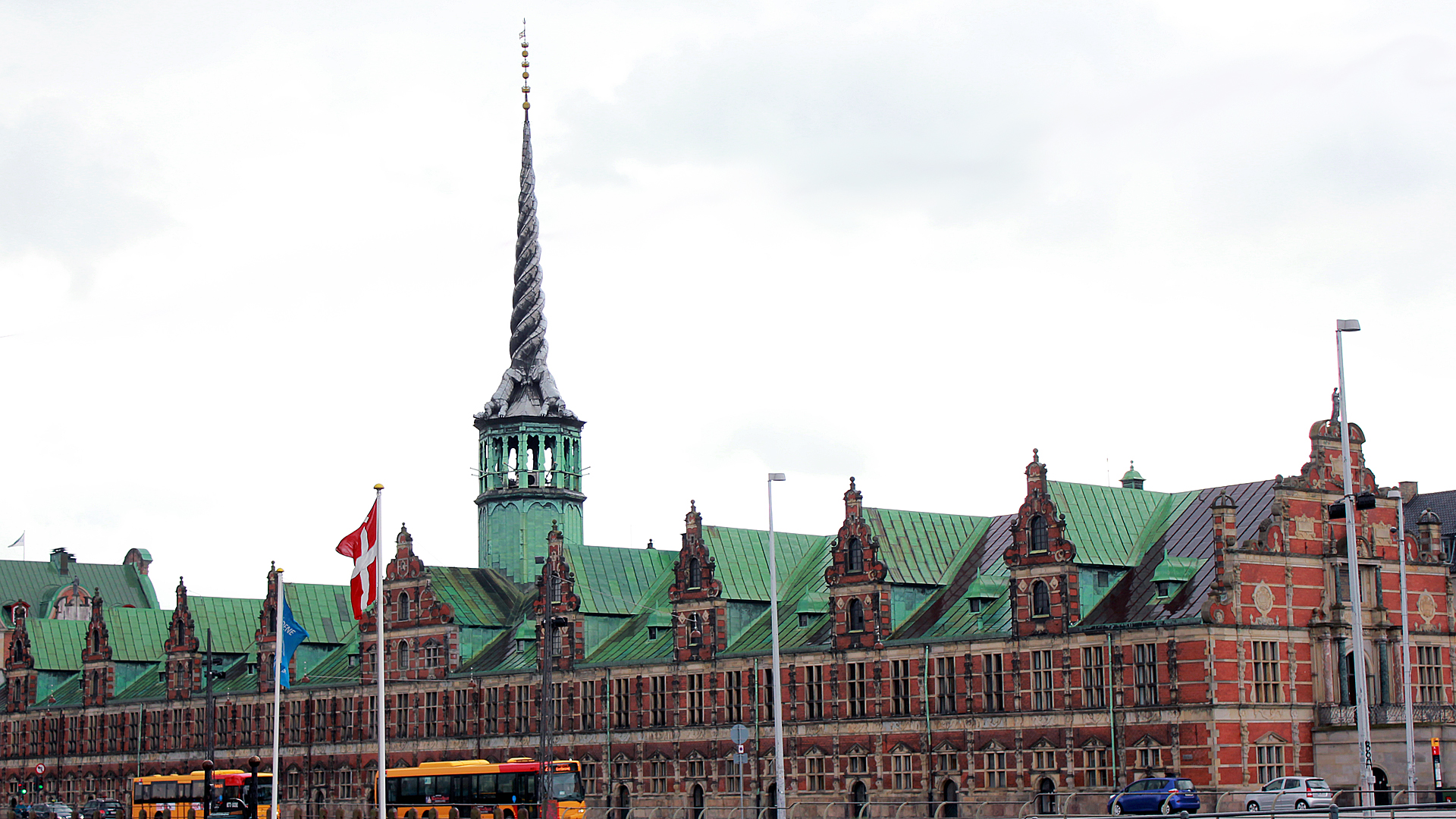
Misc Copenhagen

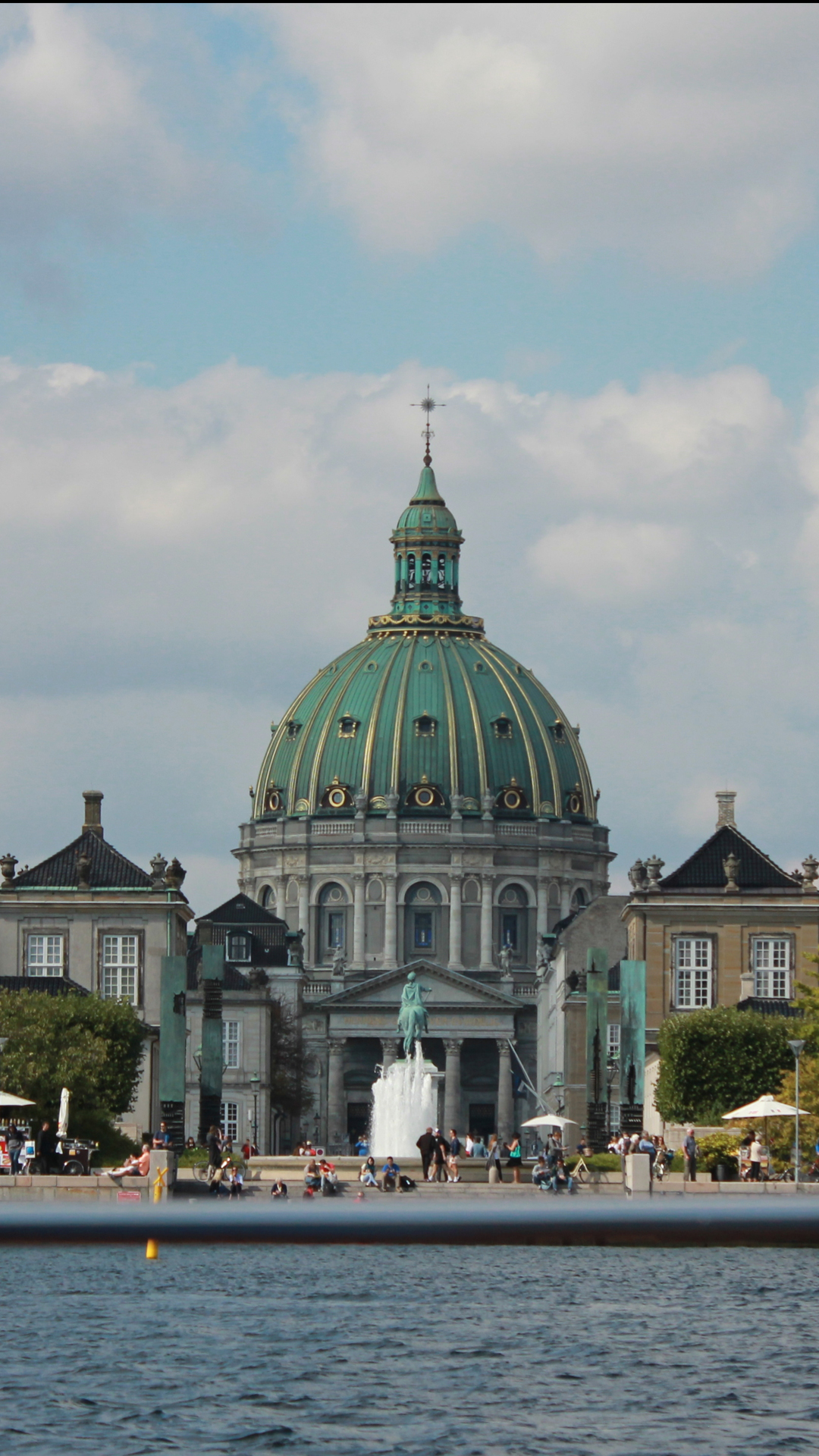
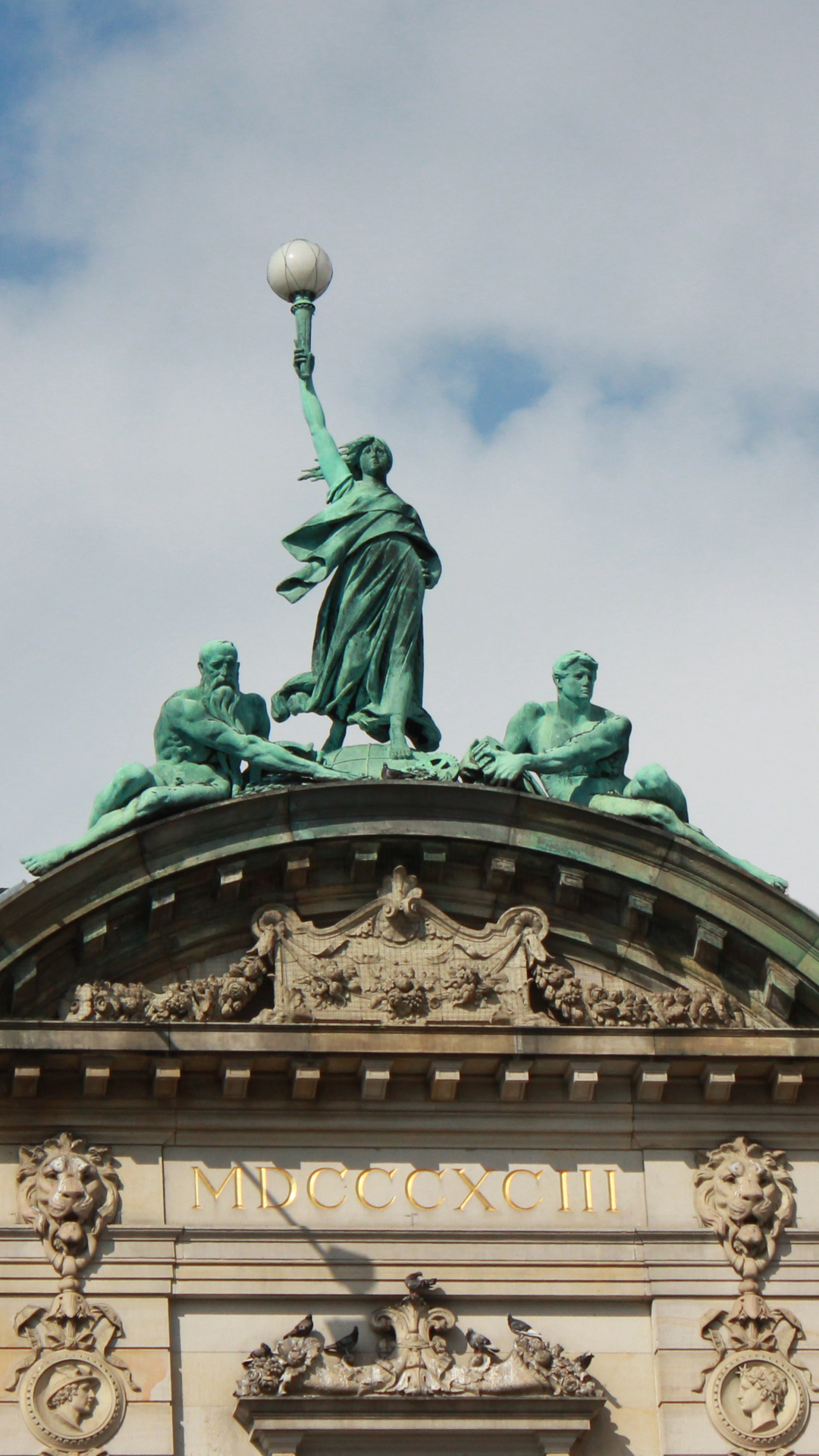

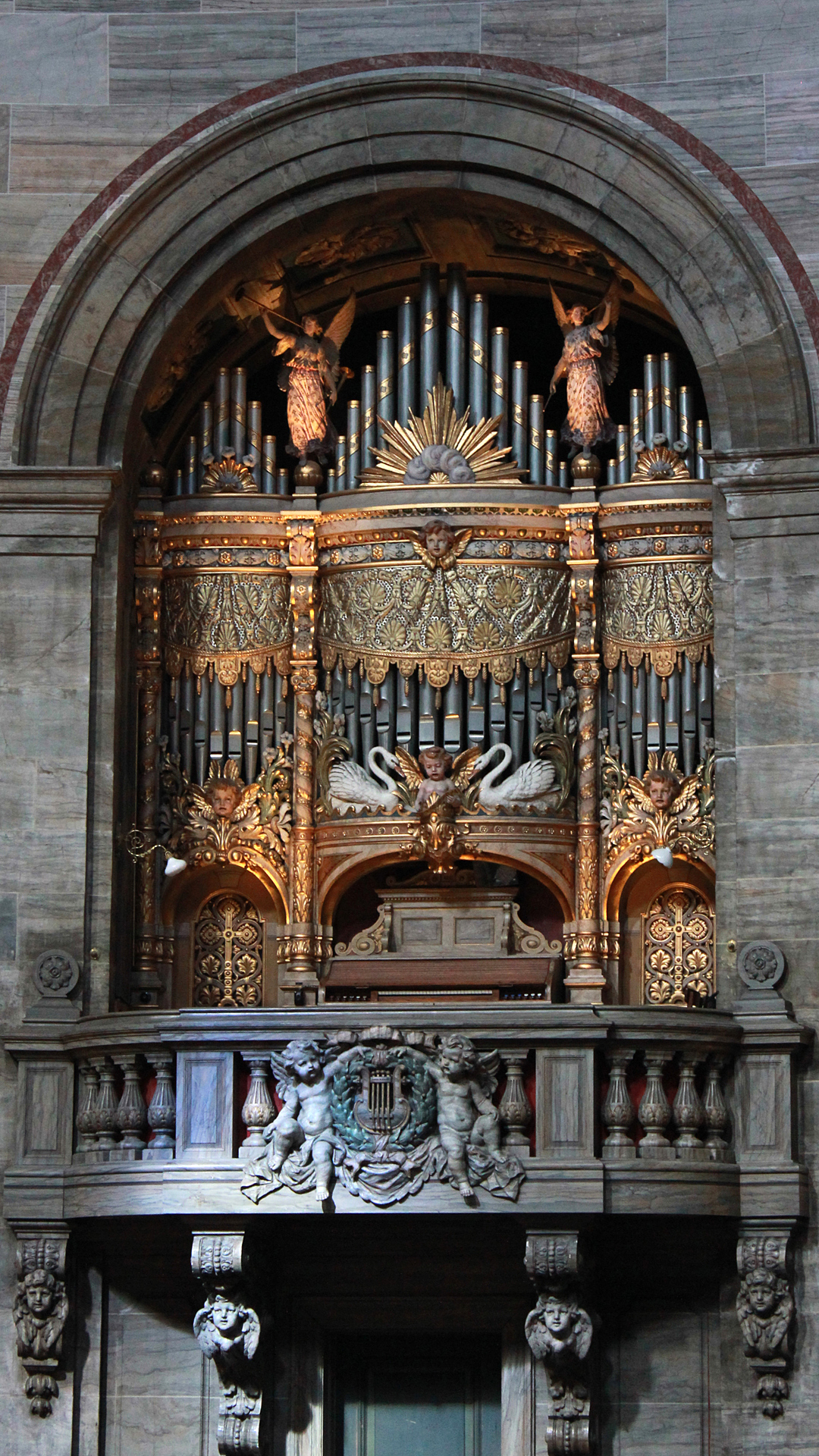


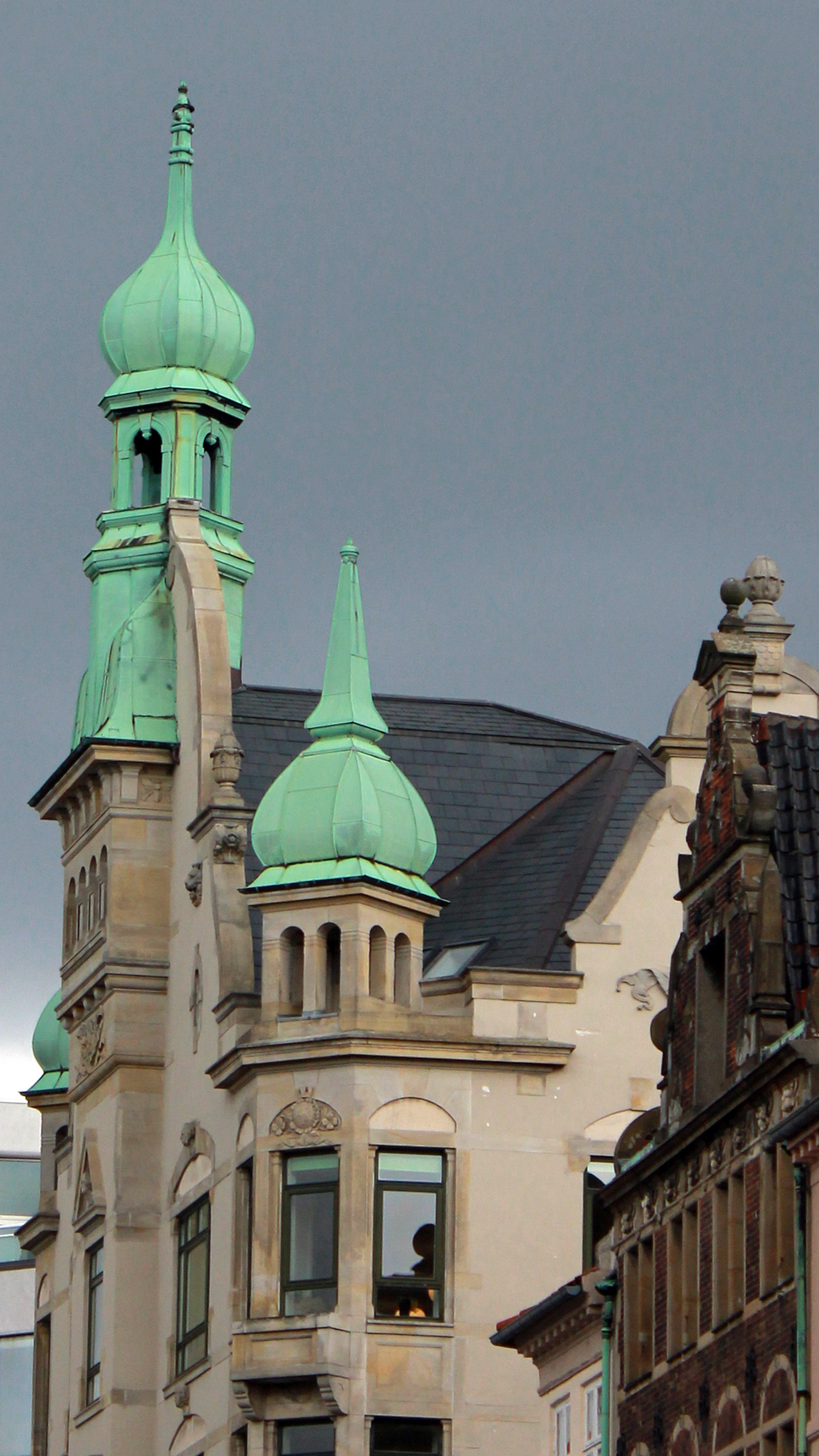
Misc Copenhagen


